Cuajiniquil, Costa Rica - March 2024
In Costa Rica, we’re fortunate to have these amazing rocky reefs in the Pacific coast. This time I went diving, I started taking pictures underwater. My setup: An Olympus TG-6 placed on a tray along with a flashlight (that I didn’t use). These pictures are the first ones I took with the camera!
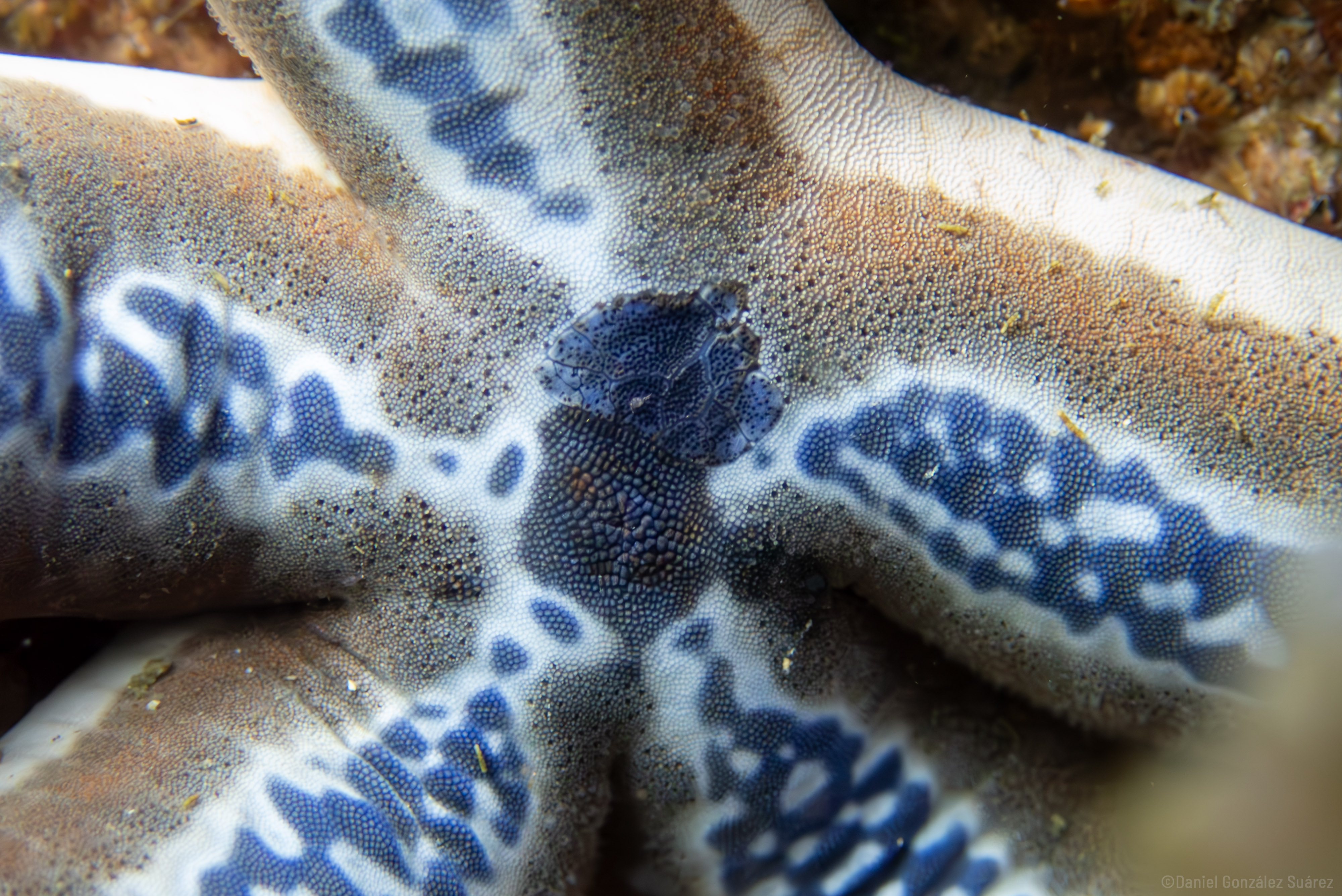
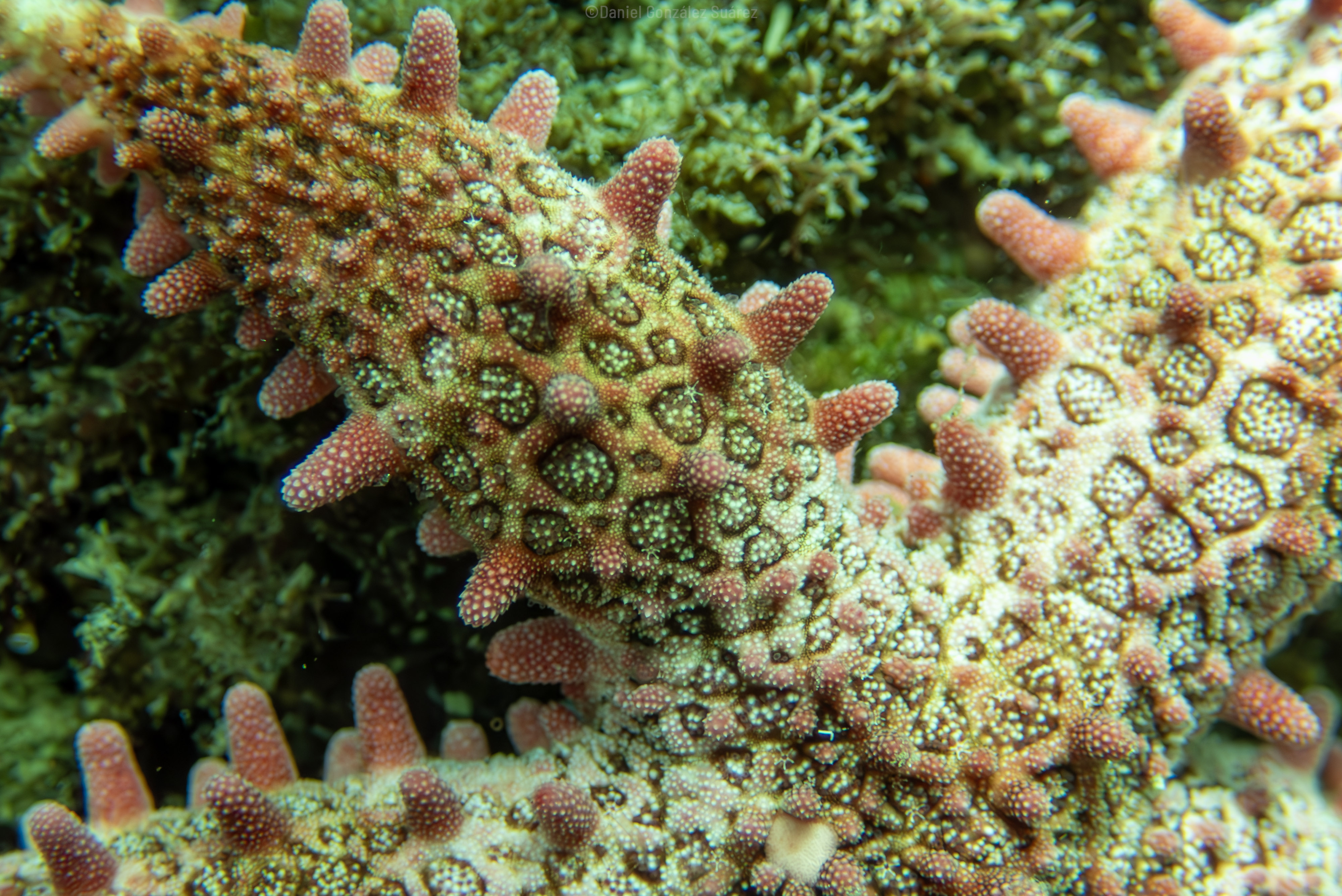


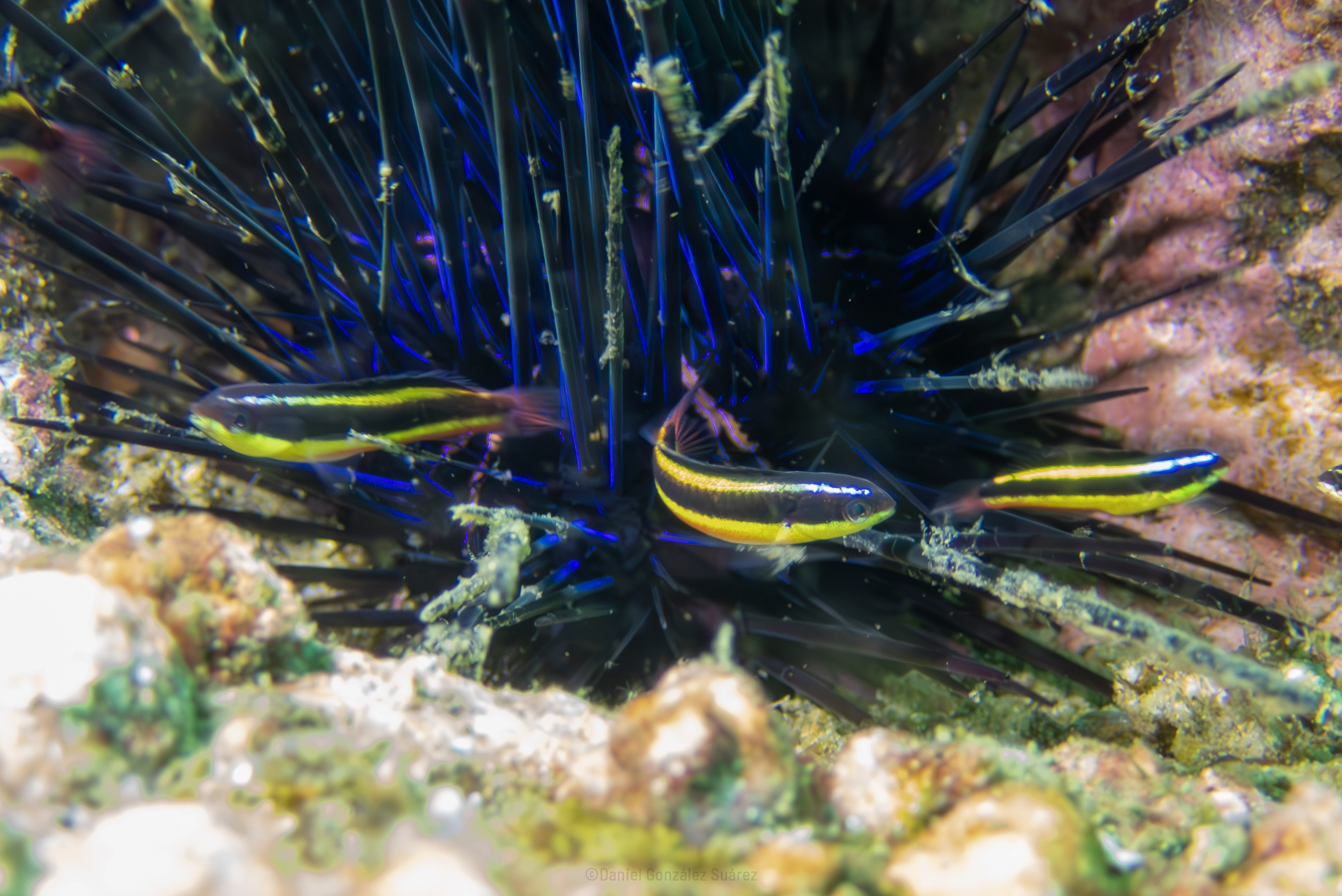
Sea stars and sea urchins are echinoderms, a group that also includes brittle stars, sea cucumbers and sea lilies - these last ones are quite uncommon in Costa Rica.

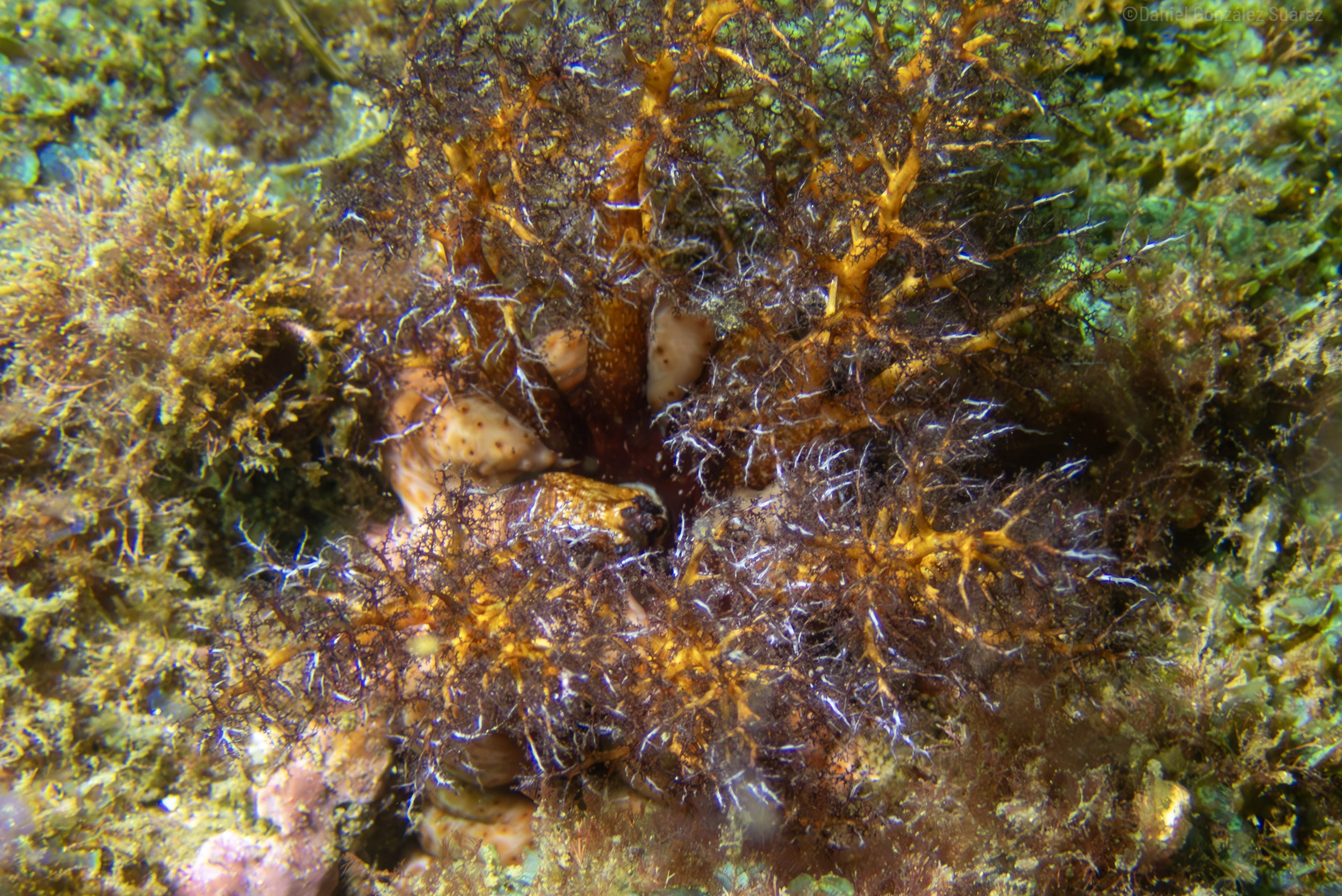
You bet I saw more than echinoderms. Rocky reefs have a burst of many beautiful species!

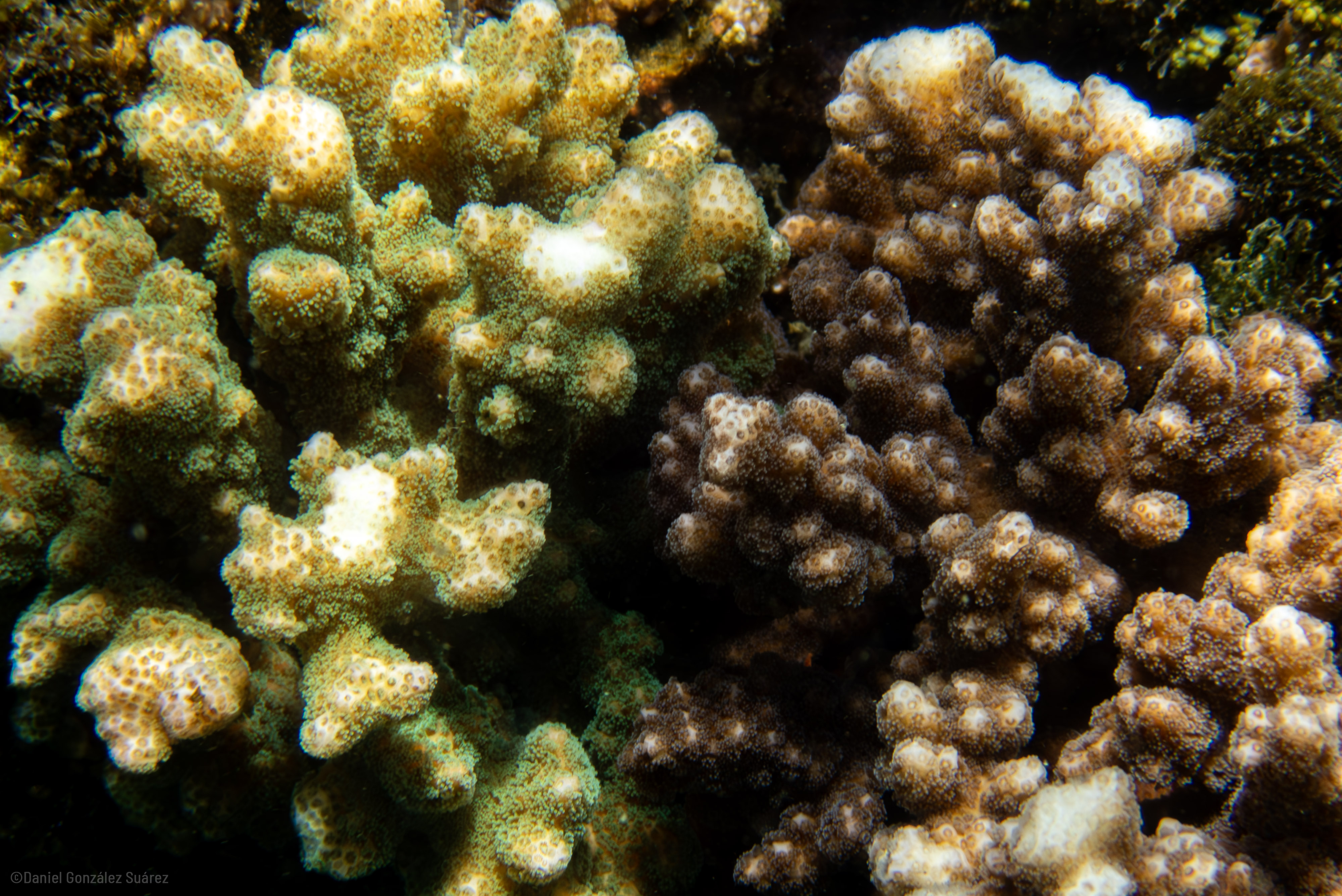
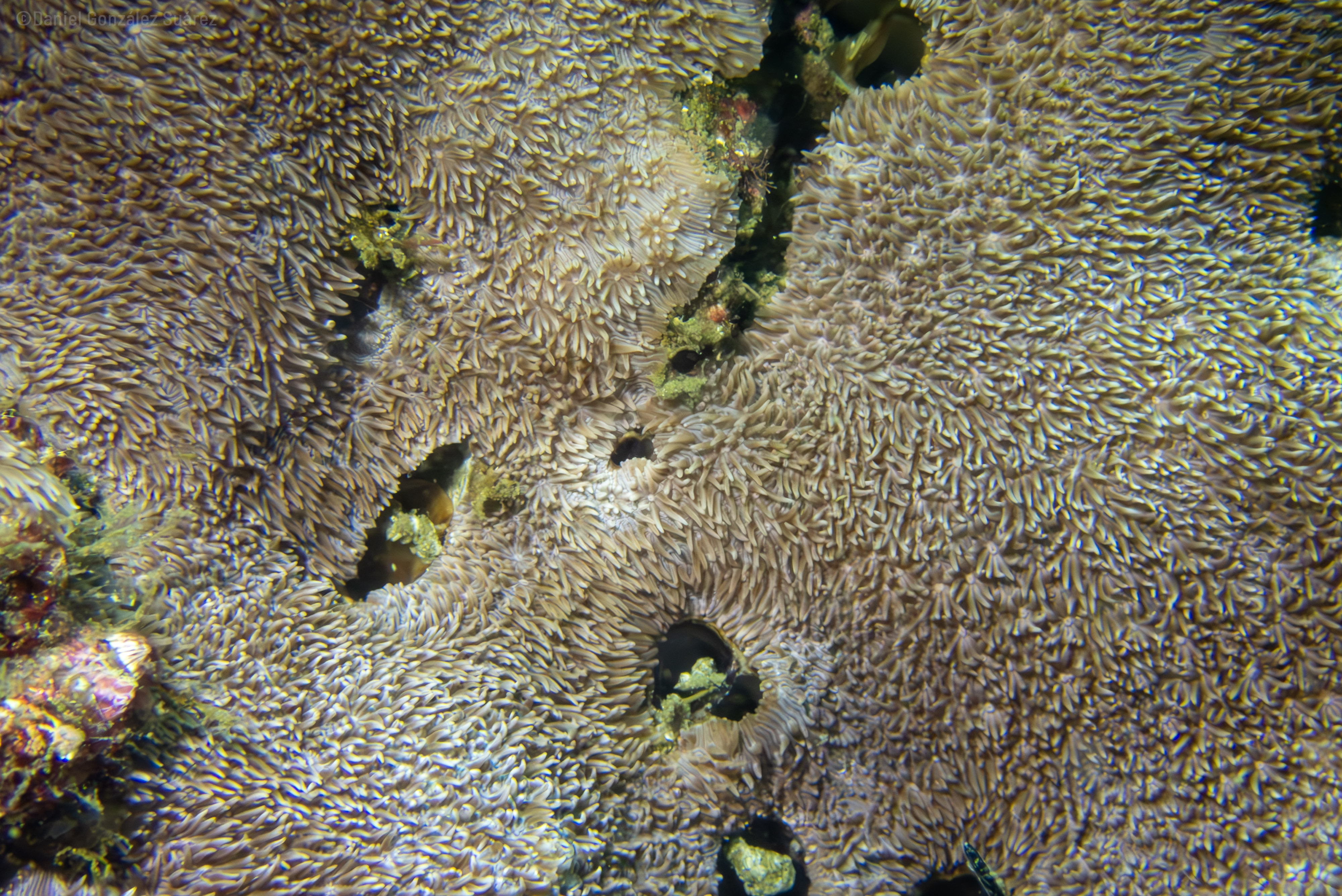
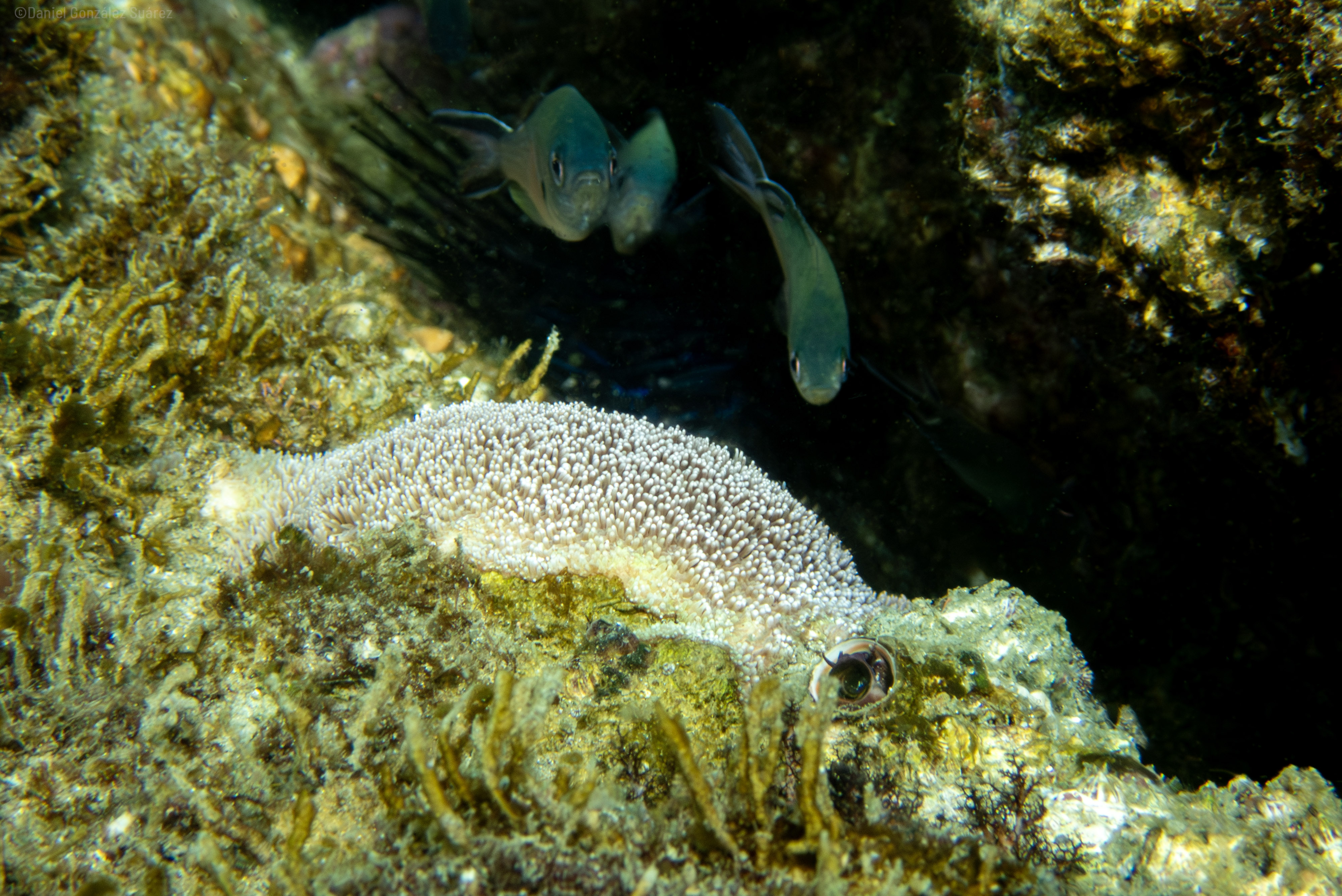
Two coral species commonly found in this zone: Pocillopora sp. and Pavona clavus.
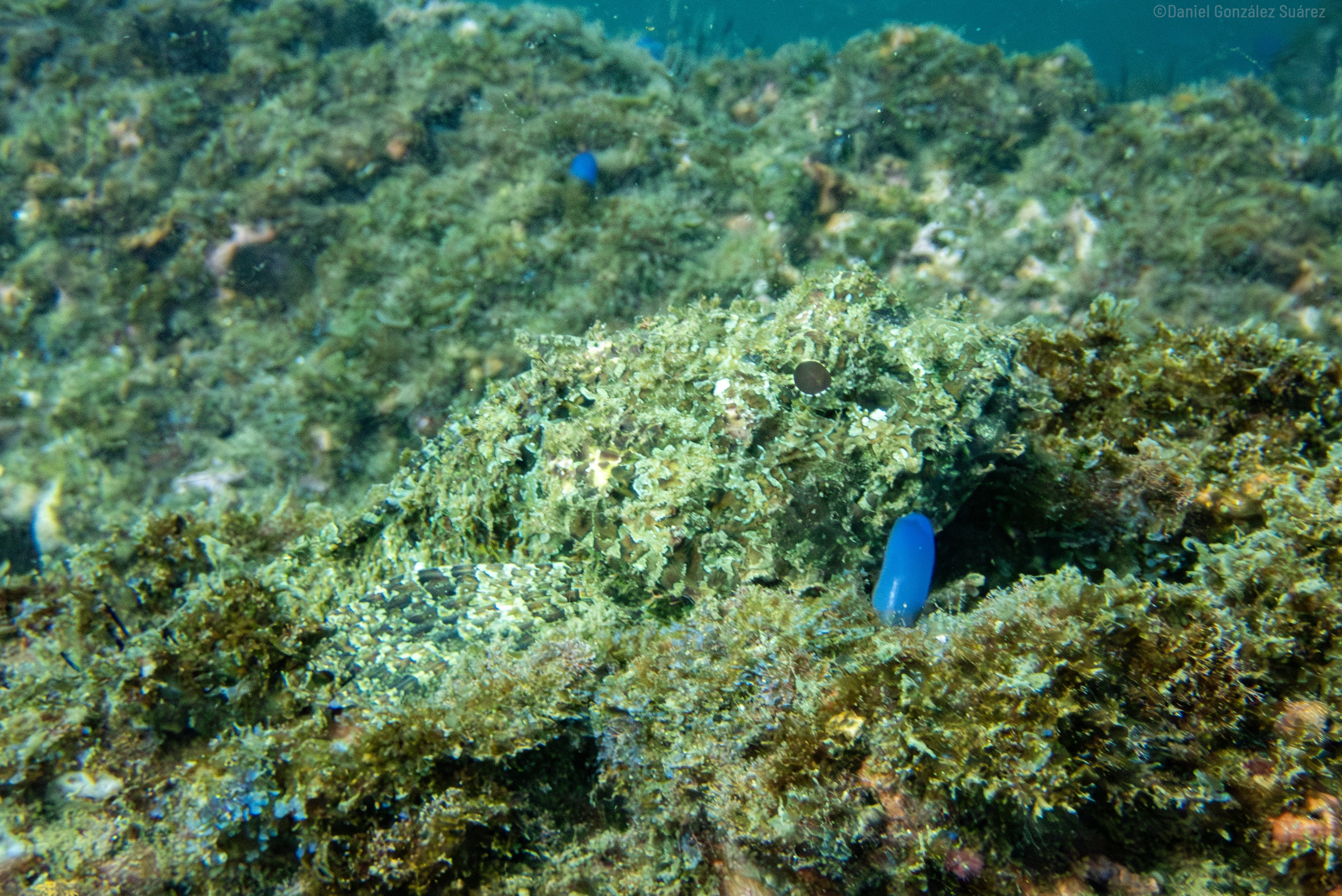
Can you see it? Some species from the Scorpaenidae family of fish have great camouflage. Be careful - they’re quite venomous. Here you can see Scorpaena mystes.
The Gallery
I got to photograph many other creatures like sea urchins, hermit crabs, ascidians, black corals (!), solitary corals, moray eels and pufferfish. We truly have an amazing diversity here in Costa Rica. Find more pictures down here:
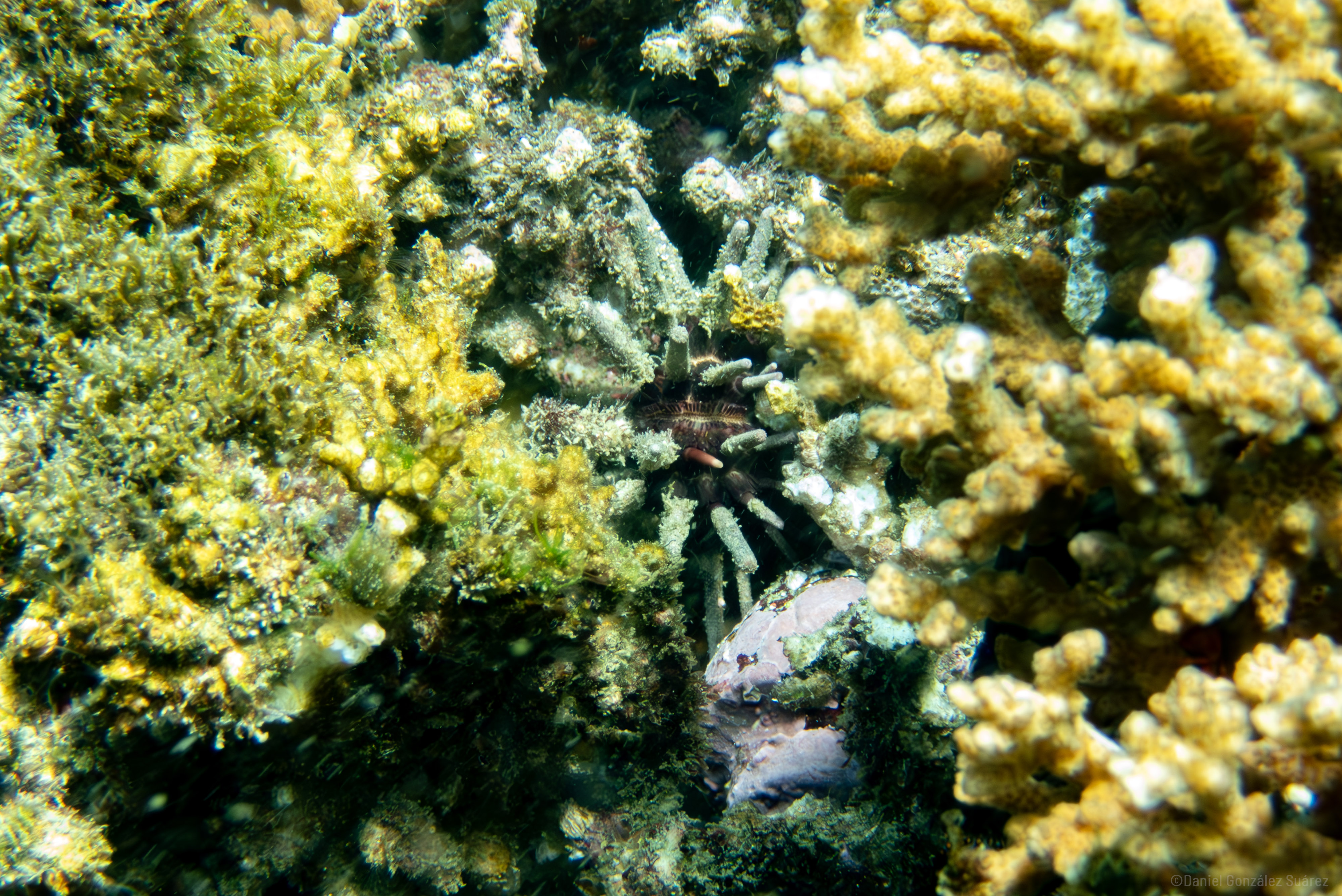


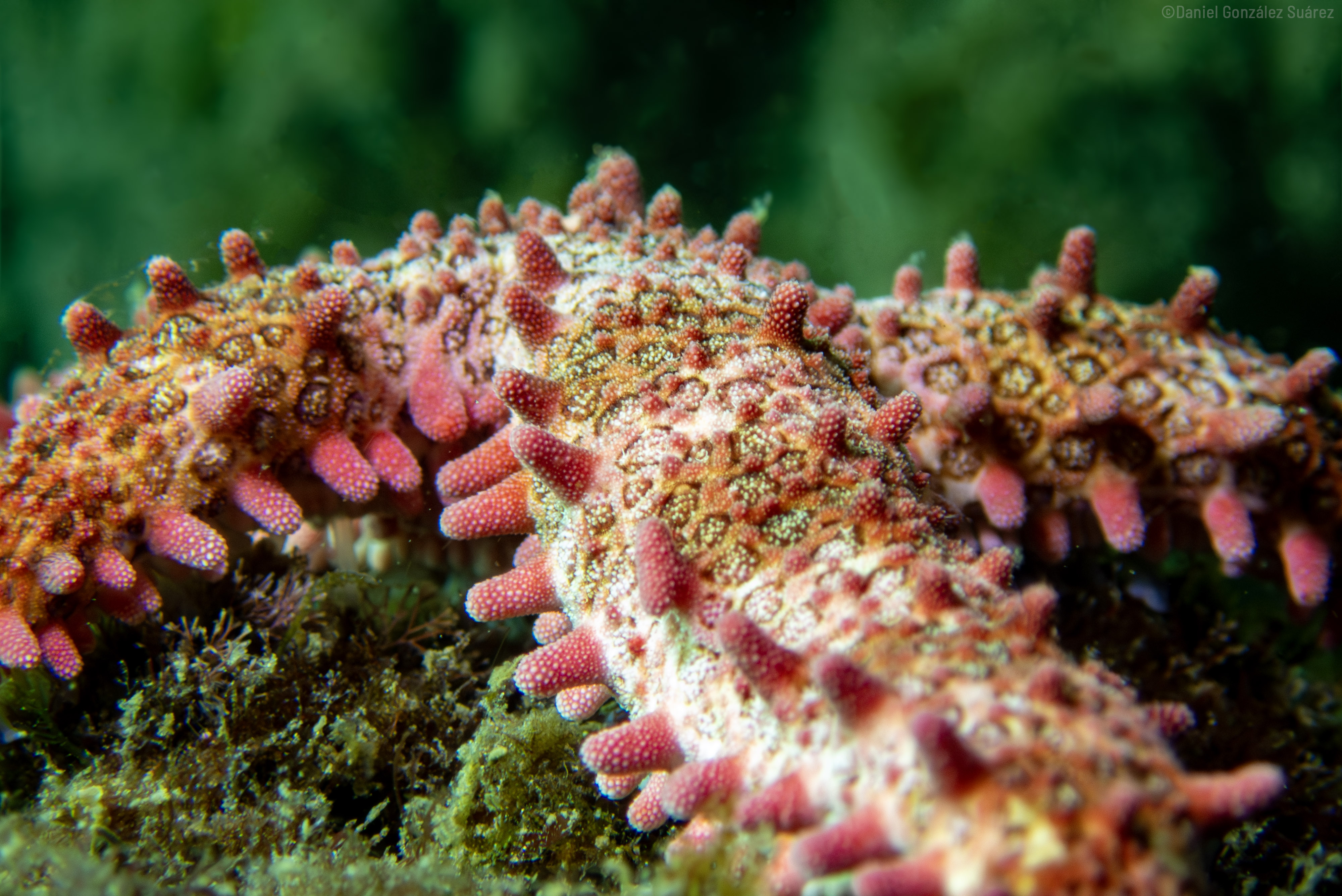

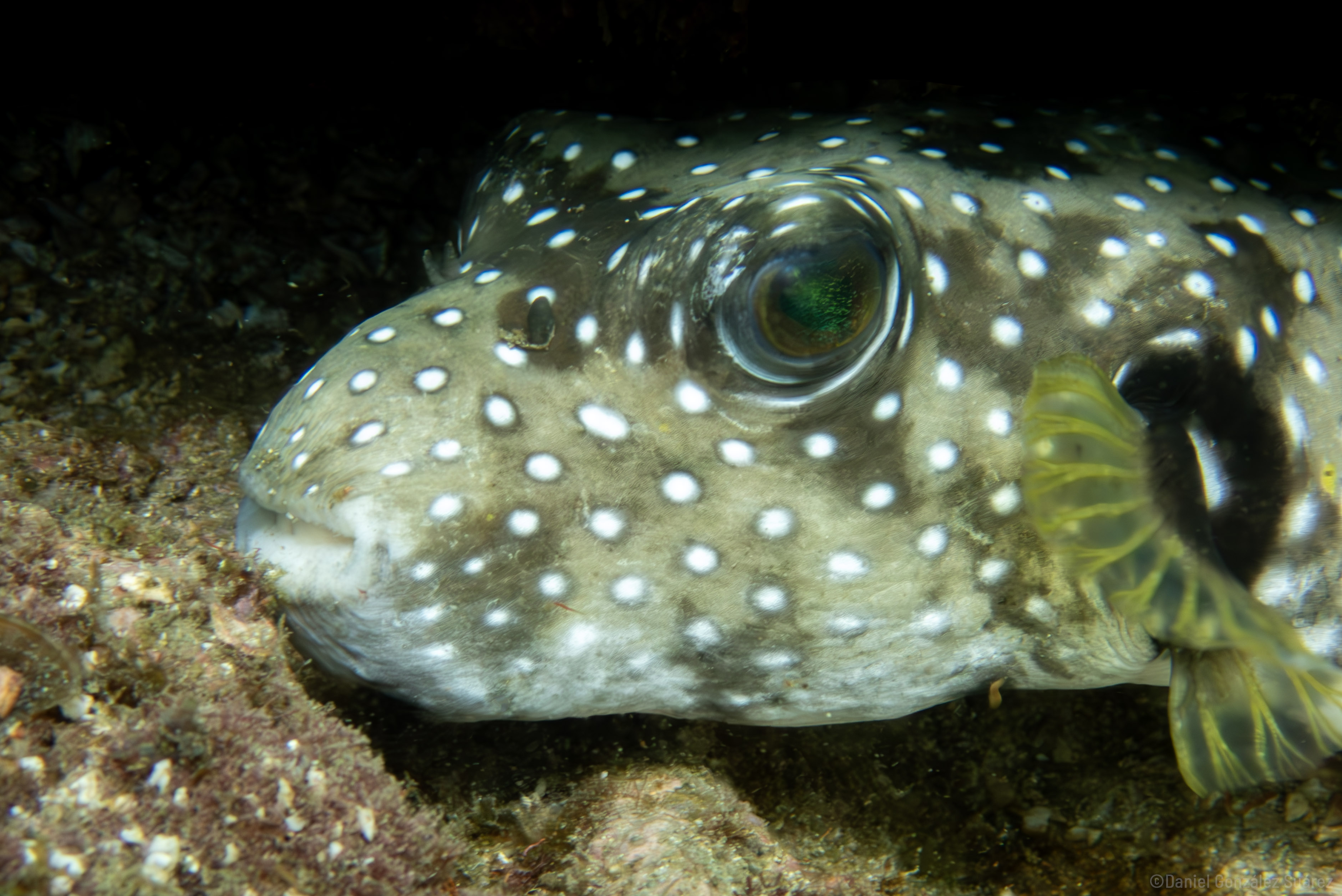

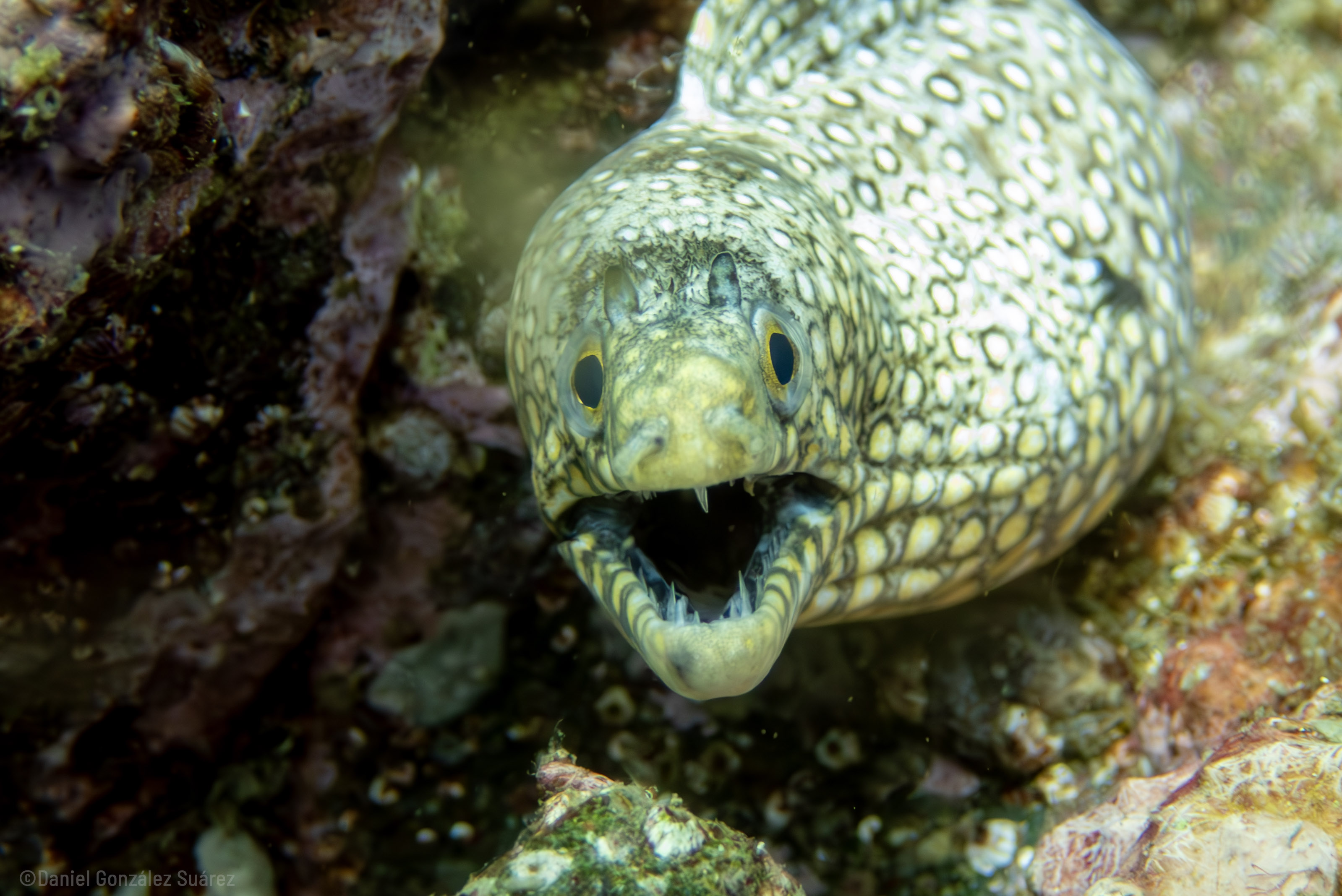
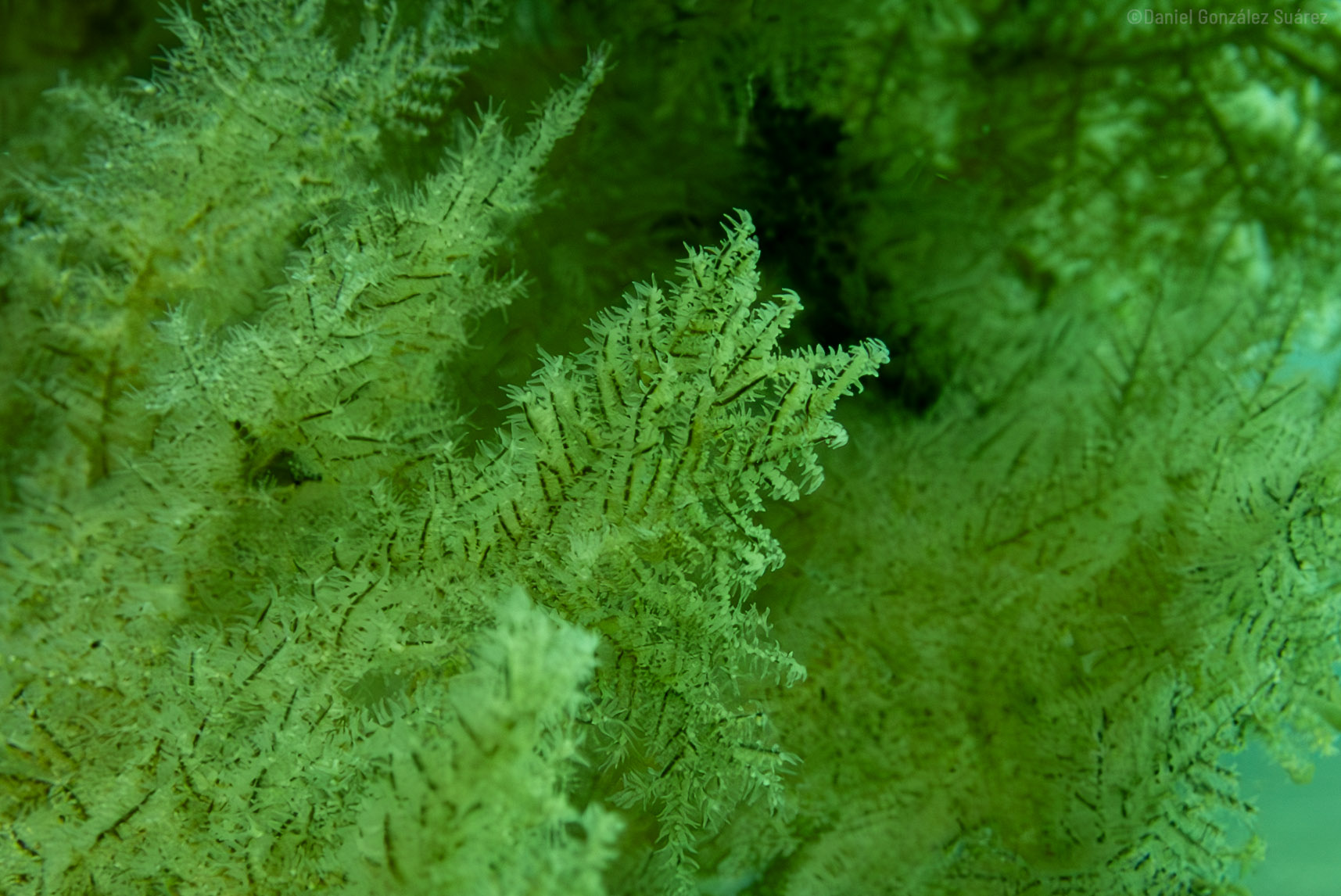
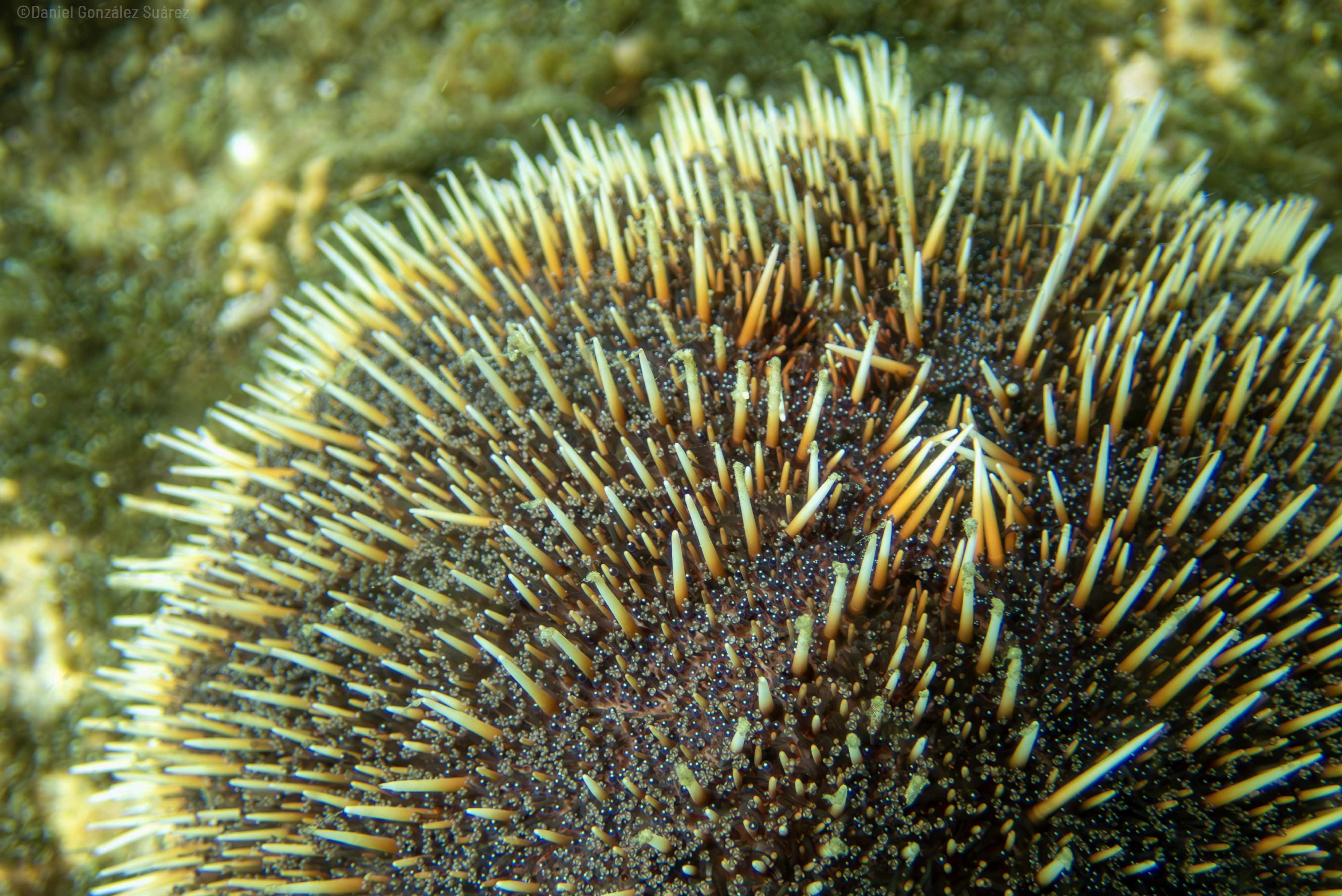

Enjoy Reading This Article?
Here are some more articles you might like to read next: